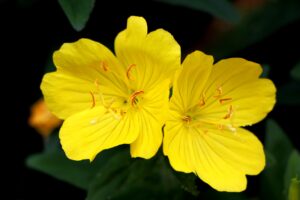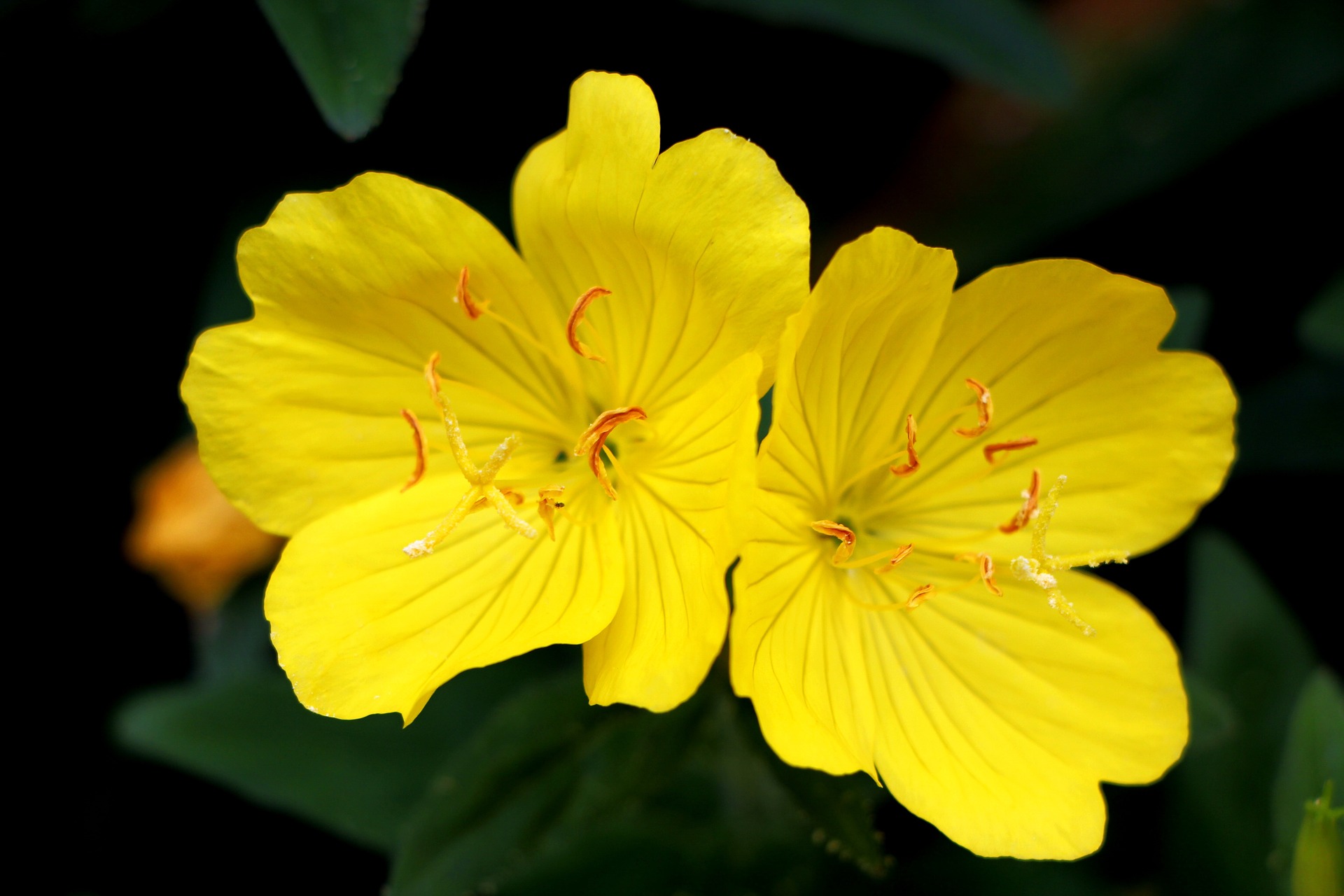Be-a-Better-Gardener, Weeding the Organic Way
 Minimize garden weeds by planting “thugs” like evening primrose (Oenothera fruticose) as a ground cover.
Minimize garden weeds by planting “thugs” like evening primrose (Oenothera fruticose) as a ground cover.
t was personal conviction, says Nancy DuBrule-Clemente, that prompted her to use only organic growing techniques back when she founded her garden center, Natureworks, in Northford, Connecticut back in 1983. As long as the results were good, most of the customers of her garden design and maintenance service did not care how she accomplished this end. Nancy’s been educating and inspiring customers for almost four decades, however, and her message about working with nature rather than against it has won many converts. I’ve been especially impressed with what she has to say about weeds.
I have always reacted to weeds with a mixture of impatience and admiration: Impatience because of the toll that weeds take on my garden plants, crowding the more desirable plants and out-competing them for nutrients and moisture, and admiration because weeds are so effective at what they do, persisting in the face of all the abuse and discouragement I can deal out to them.
It’s notable that weeds are a human creation. The label itself is subjective. What’s wrong with a dandelion, except that maybe we don’t like the look of it in our lawn? Likewise, we’ve shaped the growth of weeds through our actions. They developed their deep-rooted persistence partly in response to our habit of uprooting them. Their amazing fertility, the way weeds flood the soil with their seeds, was likewise promoted by our practice of hoing out their seedlings – it was the most prolific specimens whose offspring survived.
Weeds are above all persistent. The seeds of some species can lie dormant in the soil for decades or even centuries and still germinate successfully when finally exposed to light and moisture. In more recent times, many weeds have begun to develop a tolerance for the toxic chemicals we apply to kill them. Because we humans don’t evolve as quickly, herbicides are becoming more of a threat to human health than to that of the weeds for which they were developed.
In any case, Nancy doesn’t use such chemicals. Instead, as I learned when I visited her home garden recently, she manages her plantings in such a way as to minimize the weeds’ opportunities. She doesn’t disturb the soil by tilling or hoeing because that exposes dormant weed seeds to the light and creates opportunities for them to sprout. Nor does she leave soil vacant. Rather, she plants closely so that as her plantings mature leaf touches leaf, and she carpets the ground with aggressive groundcovers that fill the soil with their roots, so that there is no room for weeds. For this purpose she favors especially plants which traditional gardeners may label as “thugs” such as evening primrose (Oenothera fruticosa), and she loves aromatic aster (Symphyotrichum oblongifolium), especially ‘Raydon’s Favorite,’ a violet blue flowered cultivar, and ‘October Skies,’ which bears dark sky blue blossoms. These asters, incidentally, are not only vigorous, they are deer-resistant. Perennial chrysanthemums are another of her favorite groundcovers.
Nancy likes this “living mulch” better than the ground bark that has become such a fixture of American gardens. As the ground bark decays, it provides a perfect medium for the germination of weed seeds, and the common response of applying more mulch may inhibit this process in the short run but only makes the situation worse over time.
An intimate knowledge of weeds is essential, according to Nancy. Garlic mustard (Alliaria petiolate), for example, depends on a strategy of spreading its prolific seeds and is an annual. Nancy slices off the flowering tops of the garlic mustards with a battery-powered string trimmer, and so frustrates their reproduction.
Mugwort (Artemisia vulgaris), however, requires a different response as it spreads by underground stems as well as by seeds. Mugwort should ideally be dug up and the soil sifted to remove roots and stems which can resprout. Or the plants may be scalped and the debris removed or sprayed with organic herbicide on a sunny, hot day. Then, having beaten back the mugwort, smother it with a double layer of cardboard. Wait many months before removing the cardboard. Achieving control of such an invasive weed is a process that can take a year, with repeated treatments for any new shoots and seedlings that may appear.
Growing organic, as Nancy can testify, takes skill and dedication, but the results repay this extra effort.
More insights from Nancy Dubrule-Clemente will be found on the Berkshire Botanical Garden podcast, “Growing Greener” at https://www.thomaschristophergardens.com/podcasts/organic-strategies-for-weeds
-30-
Be-a-Better-Gardener is a community service of Berkshire Botanical Garden, located in Stockbridge, MA. Its mission, to provide knowledge of gardening and the environment through a diverse range of classes and programs, informs and inspires thousands of students and visitors each year. Thomas Christopher is a volunteer at Berkshire Botanical Garden and is the author or co-author of more than a dozen books, including Nature into Art and The Gardens of Wave Hill (Timber Press, 2019). He is the 2021 Garden Club of America’s National Medalist for Literature, a distinction reserved to recognize those who have left a profound and lasting impact on issues that are most important to the GCA. Tom’s companion broadcast to this column, Growing Greener, streams on WESUFM.org, Pacifica Radio and NPR and is available at his website, https://www.thomaschristophergardens.com/podcast.

